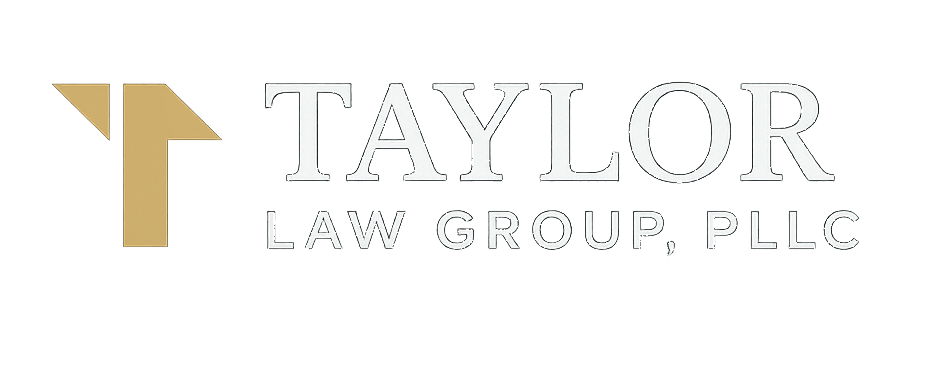FAQs - Harassment
What counts as “harassment” in Arizona?
Intentional or knowing conduct directed at a specific person that would seriously alarm, annoy, or distress a reasonable person and actually does so—often through repeated acts or specific listed behaviors (like repeated unwanted contact, following/surveillance, false reports, or interfering with utilities).
Is harassment a misdemeanor or a felony?
Usually a
Class 1 misdemeanor. Certain acts and
Aggravated Harassment (A.R.S. § 13-2921.01) can be charged as
felonies, especially where a valid protective/no-contact order or a prior DV conviction is involved.
Do I need “repeated” acts for harassment?
Many cases involve a
course of conduct or repeated acts, but some listed behaviors can be charged based on the specific facts. The details matter.
Do texts, DMs, or social posts count?
Yes. Electronic communications can be evidence, but
context, intent, and credibility are key. Screenshots and metadata cuts both ways, so preserve everything.
How does a protective order affect my case?
A valid protective/no-contact order can
elevate allegations to
Aggravated Harassment (felony). We examine service, validity, scope, and whether the order was in effect.
What defenses apply most often?
Lack of intent/knowledge, no repeated pattern, conduct not meeting a listed behavior, protected speech, misidentification, and problems with order service/validity (for aggravated cases).
Will this be on my record? Can it be fixed later?
A conviction creates a criminal record. Depending on the outcome, you may later pursue
set-aside relief; eligibility is case-specific.
Can these cases be reduced, diverted, or dismissed?
Sometimes—especially where the evidence is thin or the order isn’t valid. Early, targeted negotiation helps.
Need Help Now?
Harassment or Aggravated Harassment charges in Tucson or Southern Arizona can turn your life upside down. Don’t face them alone. At Taylor Law Group, PLLC, we offer free, confidential consultations and representation backed by nearly 25 years of criminal law experience — led by a former Pima County Judge.
📞 Call or text
(520) 440-5635 anytime, 24/7.
We’re here to fight for your rights and
protect your future.


